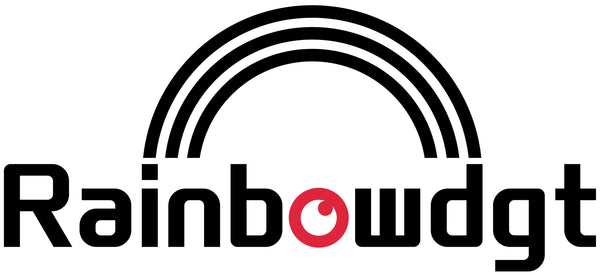DTF vs Heat Transfer: Choosing the Right Method for Your Business
Selecting the right printing method is crucial for custom apparel businesses. Many compare DTF vs heat transfer, trying to determine which technique offers the best balance of quality, cost, and versatility. While both methods transfer designs onto fabric, their processes, durability, and suitability vary significantly.

Comparing DTF and Heat Transfer
|
Feature |
DTF Printing |
Heat Transfer |
|
Fabric Compatibility |
Cotton, polyester, nylon |
Mainly polyester |
|
Image Quality |
High-resolution, vibrant |
Moderate, less detail |
|
Durability |
Long-lasting, withstands multiple washes |
Can crack or fade over time |
|
Cost |
Higher initial investment, lower long-term cost |
Lower initial cost, higher long-term cost |
|
Complexity |
Requires mastering film handling and heat pressing |
Easy to operate, ideal for beginners |
DTF vs Screen Printing
For businesses also considering bulk production, DTF vs screen printing is another common question. DTF offers higher detail and more flexibility in colors and fabrics, whereas screen printing is more cost-effective for very large orders but less adaptable for multi-color or complex designs.
Is DTF Better Than Sublimation?
Is DTF better than sublimation? For multi-fabric applications and detailed graphics, DTF generally outperforms sublimation, which works best on polyester and light-colored fabrics only. DTF’s adhesive powder ensures strong bonding even on darker fabrics and varied materials. Click for Rainbow DTF printer.

Durability and Longevity
How long does DTF last on shirts? When correctly applied with the right temperature and pressure, DTF transfers can last hundreds of wash cycles without noticeable degradation, making it highly reliable for everyday wear and commercial apparel.
Practical Considerations
1. Cost vs Volume – DTF requires a higher initial investment but offers long-term savings, especially for small to medium orders.
2. Learning Curve – Slightly steeper than heat transfer, but manageable with practice.
3. Use Cases – Ideal for custom t-shirts, hoodies, promotional items, and multi-color designs requiring precise detail.
Ultimately, understanding the strengths of each method allows business owners to select a printing process that balances quality, cost, and material flexibility.
